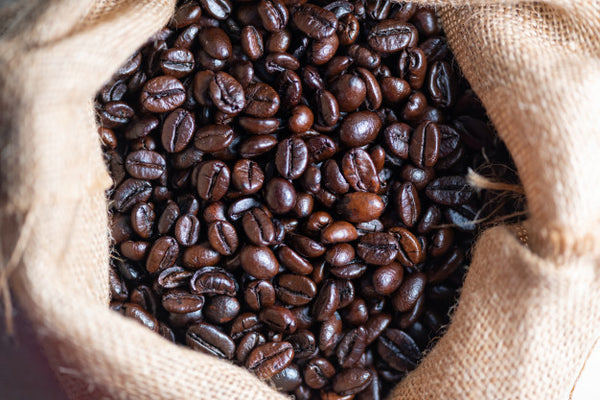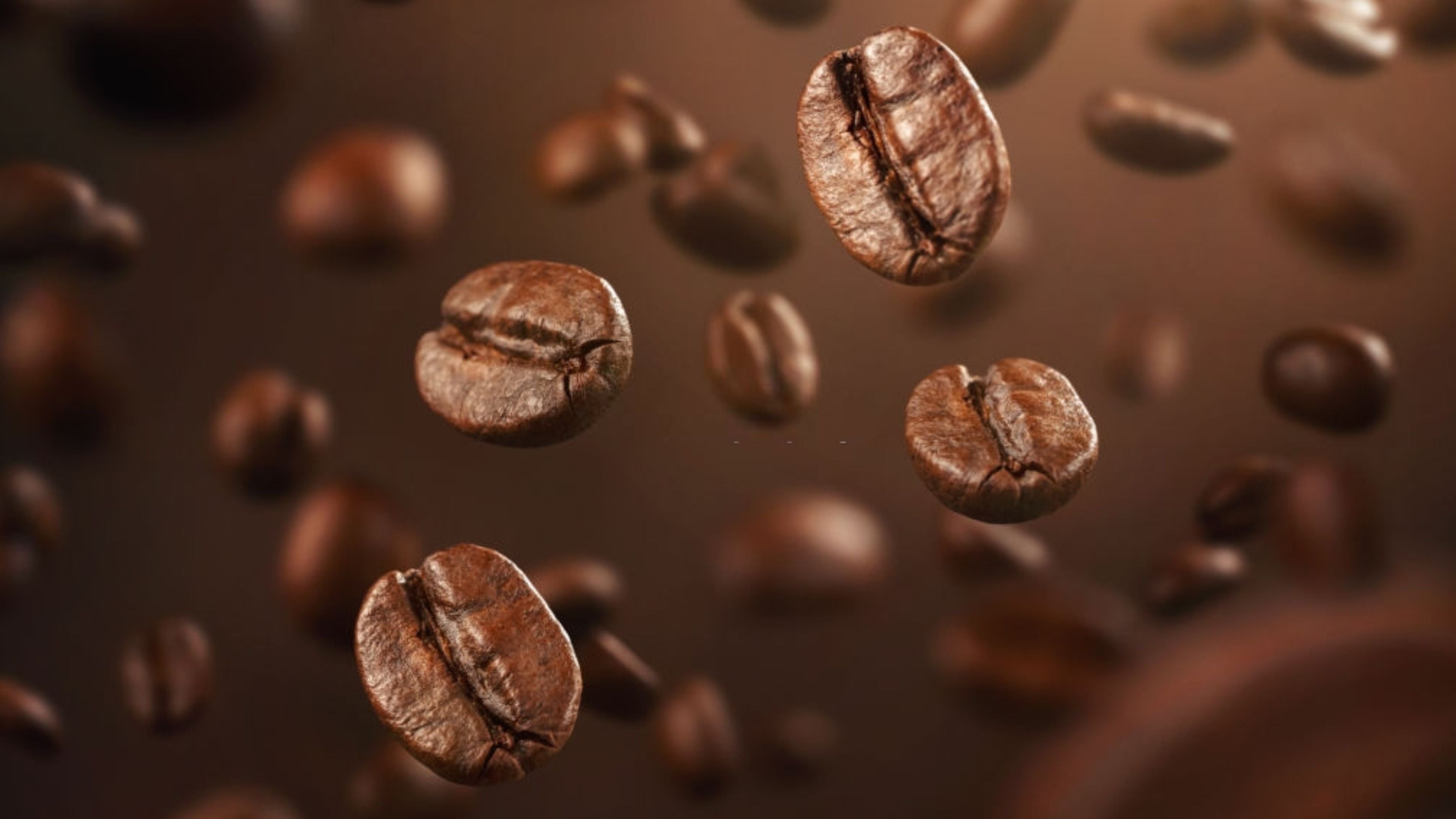Discovering the Rich Tastes of Coffee Beans: a Deep Dive Into Coffee and Blended Coffee Beans
When you explore the rich flavors of coffee beans, you discover an intricate globe where each selection brings its very own character to your cup. Understanding the beginnings, processing techniques, and roasting methods can transform your coffee experience. As you navigate through the art of espresso and the creativity behind blended coffees, you'll begin to appreciate the nuances that make each sip one-of-a-kind. What you'll uncover following may alter the way you enjoy your early morning mixture.
The Origins of Coffee Beans: Checking Out Terroir and Flavor Profiles
When you take a sip of coffee, you're not just delighting in a drink; you're experiencing an abundant tapestry of tastes shaped by the beans' origins. Each area generates special flavor profiles influenced by dirt, elevation, and climate. As an example, beans from Ethiopia typically burst with bright, fruity notes, while those from Colombia tend to supply a well balanced, nutty sweetness.As you explore various beginnings, you'll discover just how terroir-- the environmental factors influencing a crop-- plays a vital duty. The very same coffee range can taste significantly various depending upon where it's grown.When you take into consideration these elements, you start to appreciate the complexity behind your mug. Each sip tells a story of the land and the farmers that nurtured the beans. Following time you indulge, think regarding the trip your coffee took before it reached your hands, and enjoy those detailed flavors that mirror its origin.
Comprehending Coffee: The Art and Scientific Research Behind the Brew
When you believe concerning espresso, it's not nearly the solid taste; it's likewise concerning the strategies that bring it to life. Comprehending just how various preparation techniques influence preference can transform your developing experience. Allow's discover the intricacies of espresso prep work and discover the one-of-a-kind flavor profiles that make each cup special.
Espresso Prep Work Strategies
Coffee prep work is both an art and a science, incorporating specific strategies with a deep understanding of coffee. To begin, you'll desire to select high-quality, freshly baked beans and grind them carefully for suitable removal. The grind size is essential; also rugged, and your espresso will be weak, also great, and it'll be bitter.Next, tamp the grounds evenly in the portafilter to assure consistent extraction. When you lock it right into the equipment, go for a brewing temperature in between 190 ° F and 205 ° F.As you pull the shot, watch for the excellent removal time-- around 25-30 seconds. The result needs to be a rich, creamy coffee with an attractive layer of crema ahead - SOE. With practice, you'll understand these methods
Taste Profiles Explained
The globe of espresso supplies a rich tapestry of taste accounts that can elevate your coffee experience. You'll discover an equilibrium of sweetness, level of acidity, and resentment when you take that initial sip. Each espresso bean brings one-of-a-kind notes, from floral and fruity to nutty and chocolaty. Light roasts typically display brilliant level of acidity and dynamic tastes, while dark roasts existing much deeper, bolder tones.Understanding these profiles helps you select the appropriate espresso for your palate. Trying out various blends can disclose unexpected mixes. A well-crafted blend might balance the brilliant notes of an Ethiopian bean with the abundant, chocolatey touches of a Brazilian bean. Welcome the trip of discovering espresso's varied tastes, and you'll change your coffee routine right into an amazing journey.
Handling Approaches: How They Influence Flavor and Aroma
While it might seem that the origin of coffee beans is one of the most significant consider determining their flavor and aroma, the processing approaches used post-harvest play an equally important role. You'll find that these techniques can substantially change the last taste profile of your cup.For circumstances, the washed process gets rid of the fruit from the beans prior to fermentation, frequently resulting in a cleaner, brighter flavor. The natural procedure leaves the fruit intact throughout drying out, resulting in a sweeter, fruitier profile.Other methods, like honey handling, strike a balance, enabling some fruit mucilage to remain, supplying a distinct complexity.Each handling method interacts with the beans' integral qualities, boosting or muting particular tastes and aromas. So, when you drink that coffee or mixed coffee, keep in mind that the trip from cherry to cup is affected not simply by origin however also by exactly how those beans were refined.

Roasting Methods: Unlocking the Complete Potential of Coffee Beans
Toasting techniques are crucial for exposing the complete potential of coffee beans, as they change raw, green beans right into the fragrant, tasty coffee you appreciate. The option of toasting method-- light, medium, or dark-- significantly affects flavor profiles. Light roasts maintain the beans' natural level of acidity and fruity notes, while tool roasts balance sweet taste and splendor. Dark roasts, on the other hand, stress bold, great smoky flavors.You can experiment with toasting temperature levels and times to locate your excellent mixture. A slower roast at reduced temperatures permits intricate flavors to establish, while a quicker roast can intensify resentment. Take note of the fractures during roasting; the very first split shows a light roast, while the second crack signals a dark roast - SOE. By grasping these strategies, you'll disclose a globe of taste, elevating your coffee experience to brand-new heights. Delight in every sip, understanding the treatment that went right into your mug!
The Magic of Blended Coffee: Developing Unique Flavor Experiences
Creating a special taste experience with combined coffee can change your early morning ritual into an exploration of taste. By combining different beans from various regions, you can reveal a harmony of tastes that boost your mug to brand-new heights. Each blend offers a distinct account, stabilizing level of acidity, sweet taste, and body to create something truly special.When you choose a mix, you're not simply choosing a coffee; you're selecting a trip throughout diverse landscapes and cultures. Explore various combinations allows you to uncover your individual favorites, whether you enjoy fruity notes or abundant, chocolatey undertones.Blended coffee likewise offers you the flexibility to readjust the brew to suit your mood. You might crave a light-bodied mix one day and a strong, dark roast the following. Embrace the magic of mixing and let each cup shock your palate, making every sip a delightful journey.
Tasting Notes: Recognizing the Subtleties in Your Cup
As you drink your coffee, you may see a range of flavors dancing on your taste, each exposing the complexities of the beans. You might taste the brilliant level of acidity reminiscent of citrus or read the deep, abundant notes akin to dark delicious chocolate. The sweetness could evoke honey or sugar, balancing the general account beautifully.Pay interest to the body of the coffee-- does it really feel light and airy, or is it complete and velvety? The coating, too, uses clues; a remaining aftertaste might hint at nuttiness or flower undertones.Don' t forget to check out the unique attributes of various origins, as each region presents distinct tastes. For instance, Ethiopian coffees frequently existing fruity notes, while Colombian beans might display a much more spherical sweet taste. By identifying these nuances, you'll deepen your recognition for each and every cup, boosting your coffee experience to brand-new elevations.

Brewing Methods: Maximizing Flavor Extraction for each Bean
You'll find that each method can substantially affect the taste profile of your coffee when you check out the various brewing methods. From French press to pour-over, each method removes various substances, improving or muting specific notes. Using a French press allows oils to continue to be in the mixture, producing a richer taste, while pour-over emphasizes quality and brightness.Temperature and grind size also play crucial functions. A coarser grind functions best for chilly brews, while a great work is suitable for coffee. Trying out water temperature-- in between 195 ° F and 205 ° F-- can reveal surprise flavors, too.Don' t ignore steeping time; a quick removal can result in sour notes, while over-extraction might produce anger. By changing these variables, you can make the most of taste extraction and absolutely elevate your coffee experience. Appreciate the journey of uncovering what method ideal suits your taste buds!
Frequently Asked Concerns
What Is the Perfect Water Temperature for Brewing Coffee?
The ideal water temperature for important site developing coffee's in between 195 ° F and 205 ° F. If you use water that's also hot, you'll over-extract flavors; also cool, and you will not remove sufficient. Objective for that sweet spot for the best brew!
How Does Work Dimension Affect Coffee Flavor?
Grind size substantially impacts coffee taste. Finer grinds remove more flavors and oils, causing a bolder taste, while coarser grinds return a lighter taste. Changing grind size aids you accomplish your preferred coffee profile.
Exist Wellness Perks Surrounding Drinking Coffee?
Yes, drinking coffee can supply health and wellness benefits. It might boost cognitive function, increase metabolic process, and reduced the risk of specific illness. Simply bear in mind to enjoy it in small amounts to enjoy the advantages without adverse effects.

What Is the Difference Between Arabica and Robusta Beans?
Arabica beans are smoother and sweeter, frequently including fruity tastes, while robusta beans are stronger with a bitter preference and higher caffeine material. You'll discover these distinctions in fragrance and brewing experience.
How Can I Shop Coffee Beans for Quality?
To store coffee beans for quality, maintain them in an impermeable container, far from light, heat, and wetness. You'll keep their taste longer if you only grind what you require right before developing. When you check out the rich tastes of coffee beans, you discover an intricate world where each selection brings its very own personality to your cup. When you take a sip of coffee, you're not simply appreciating a drink; you're experiencing an abundant tapestry of flavors shaped by the beans' beginnings. While it may appear that the origin of coffee beans is the most substantial element in establishing their flavor and fragrance, important source the processing techniques made use of post-harvest play a similarly essential function. Toasting methods are crucial for exposing the complete possibility of coffee beans, as they transform raw, environment-friendly beans into the aromatic, delicious coffee you enjoy. As you drink your coffee, you could notice a spectrum of tastes dancing on your taste, each revealing the ins and outs of the beans.